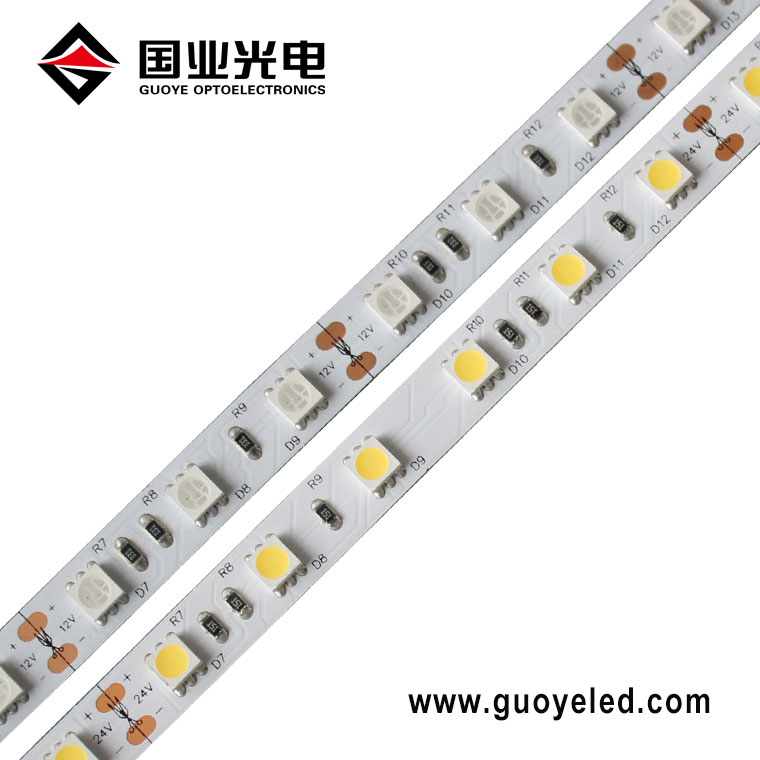
As lighting design evolves from "basic illumination" to "aesthetic expression," LED light strips, with their flexible illumination, rich colors, and flexible installation, have become the "invisible brush" that enhances spatial aesthetics. No longer simply supplementary lighting, they inject artistic charm into homes, businesses, landscapes, and other settings through layering of light and shadow, linear shapes, and emotional color, redefining the relationship between "light and space."

LED strip lights excel at creating a soft atmosphere through "indirect light," solving the pain points of traditional lighting—"dazzling glare and rigid spaces":
In home scenarios, hiding strip lights along the edges of living room ceilings allows soft light to diffuse downward from the top, giving the ceiling a "sense of floating" and reducing the oppression of the space.
Embedding strip lights in bedroom bedside accent walls lets warm light spread slowly along the wall texture, replacing direct bedside lamps. This not only meets the basic lighting needs for nighttime trips to the bathroom but also maintains the tranquility of the sleeping environment.
In commercial spaces like cafés, wrapping strip lights around wooden beams or bookshelf shelves makes light flow between objects, adding a touch of warmth to the rigid spatial structure and enhancing the comfort of customers during their stay.
The flexibility of LED strip lights allows them to fit precisely to the contours of different scenarios, outlining unique visual lines:
In architectural landscapes, laying strip lights along building eaves and window edges creates clear architectural skylines when lit at night, making buildings more recognizable in the dark.
In interior design, embedding strip lights inside stair handrails creates "guiding lines" as light follows the trend of steps. This not only addresses lighting safety issues for going up and down stairs at night but also turns static stairs into dynamic light and shadow installations.
In commercial display windows, wrapping strip lights around the contours of exhibits or bending them into wavy or geometric shapes according to window themes makes exhibits more attractive against light and shadow, strengthening the brand’s visual expression.
The multi-color adjustable feature of LED strip lights lets them convey different emotions through colors, so they fit the functional needs of different scenarios:
In home settings, warm yellow strip lights in the dining room—when paired with table arrangements—create a cozy dining atmosphere; cool white strip lights in the study simulate natural light to help you focus.
In commercial scenarios like clothing stores, casual-style stores use soft orange strip lights to show vitality, while high-end luxury brands use warm white light with low saturation to highlight the texture of clothing.
In holiday scenarios, strip lights switch to red-green gradients or flashing modes and quickly create a festive atmosphere. So the mood of the space changes with color changes.
With the development of smart homes, the artistic aesthetics of LED strip lights have further evolved into "interactive expression":
Brightness, color temperature, and color of strip lights can be adjusted via mobile apps—adapting to natural light during the day to switch to soft white light, and changing to warm light mode at night.
Some strip lights support "music synchronization," where light and shadow change color and flashing frequency with music rhythm. During home parties or commercial events, this creates resonance between light and sound, enhancing the immersion of the scene.
Outdoor landscape strip lights can also link with environmental sensors—automatically brightening warm light on rainy days and switching to cool white light on snowy days, allowing light and shadow aesthetics to echo the natural environment.
| Application Scenario | Key Aesthetic Focus | Matching Recommendations |
|---|---|---|
| Home Spaces (Living Room/Bedroom) | Soft atmosphere, textural layers | Recessed installation (ceiling/accent walls), warm light as the main choice |
| Commercial Spaces (Cafés/Display Windows) | Attracting attention, conveying brand tone | Contour installation (beams/exhibits), colors matching brand style |
| Architectural Landscapes (Buildings/Gardens) | Shape recognition, nighttime atmosphere | Laying along structural contours, low-saturation light effect |
| Special Scenarios (Parties/Holidays) | Emotional interaction, atmosphere enhancement |
Music synchronization/color gradients, dynamic light effects Currently, LED strip lights are developing toward "customized aesthetics": they support custom lengths based on |
Currently, LED strip lights are developing toward "customized aesthetics": they support custom lengths based on spatial dimensions and can be paired with special-shaped light channels to achieve more complex light and shadow shapes. The application of eco-friendly low-power materials also makes landscape strip lights that stay lit for a long time outdoors more sustainable. As "artists of light," LED strip lights continue to inject unique visual charm into different scenarios with their flexible aesthetic expression, becoming an indispensable core element in modern lighting design.